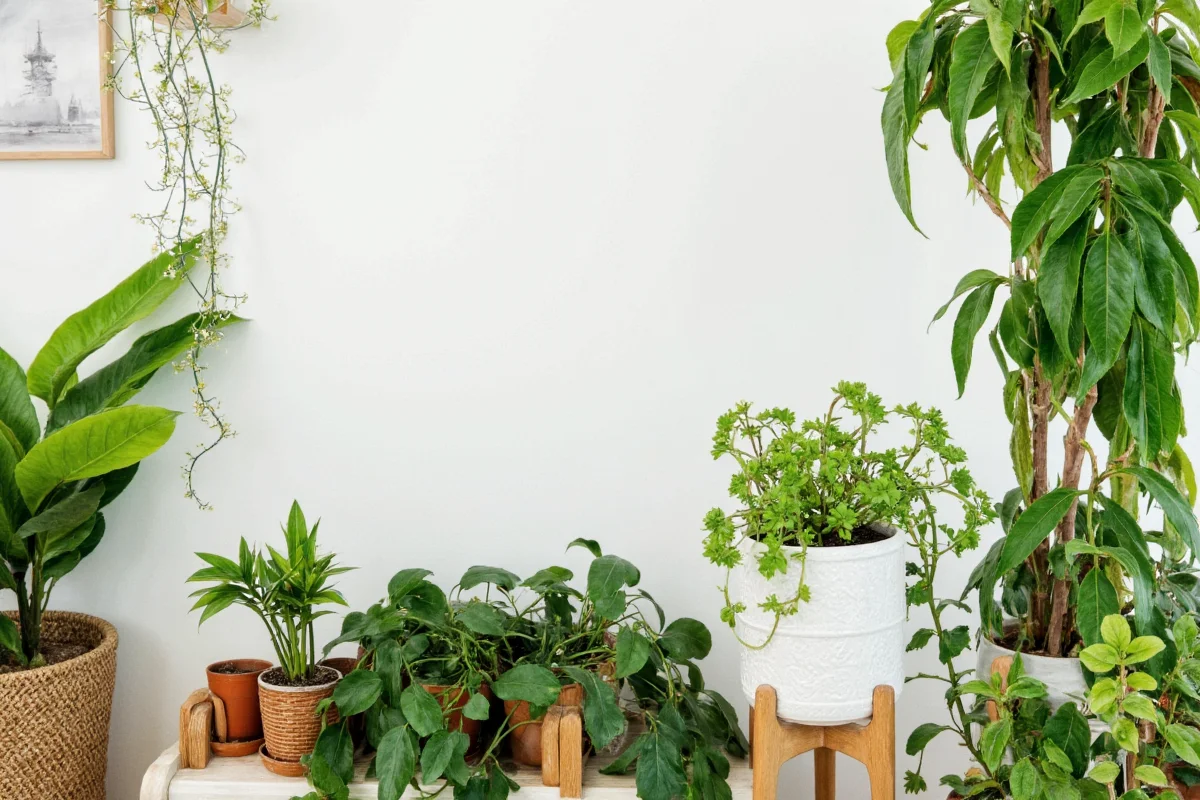If you’ve started noticing white, cottony spots on your succulents, there’s a good chance you’re dealing with mealybugs. These tiny pests can be quite troublesome for plant enthusiasts, especially those who love succulents. In this article, we'll cover what mealybugs are, how to spot them, the damage they may cause, ways to control them, and prevention strategies to keep your garden healthy and thriving.
What are Mealybugs?
Mealybugs are small, sap-sucking insects that belong to the family Pseudococcidae. They are common pests found in gardens, greenhouses, and even indoor plants. Mealybugs are somewhat oval-shaped and usually appear white or gray due to the waxy coating they secrete. This coating gives them a cottony or fuzzy appearance, making them fairly easy to identify once you know what you're looking for.- Mealybugs are generally about 1/10 to 1/4 inches long.
- They thrive in warm and humid environments, which makes succulents an appealing host.
- They lay eggs, sometimes up to 600 at a time, within their waxy-coated clusters.
Identifying Mealybugs on Succulents
Spotting mealybugs on your succulents requires a keen eye. These pests usually hide in hard-to-reach areas of the plant, such as stem joints, underneath leaves, or in the folds of crinkled leaves. While their white appearance can make them relatively easy to see, they often cluster together, making them more conspicuous.- Look for a white, fuzzy substance around the stem and leaf joints.
- Check beneath leaves where they might be hiding.
- Notice any signs of wilting or droopy leaves, which could indicate infestation.
The Damage Caused by Mealybugs
Mealybugs can be quite harmful to succulents. Their feeding process involves sucking out the plant’s vital juices, which can lead to several problems for your plants. Succulents, which typically store water in their leaves and stems, can struggle tremendously due to mealybug infestations.- They can cause leaves to turn yellow and drop.
- They often lead to stunted growth and loss of vigor.
- The honeydew left behind can attract other pests like ants and be a breeding ground for sooty mold.
Effective Mealybug Control Methods
Once you've identified the presence of mealybugs on your succulents, controlling them is the next step. They can be tough to eradicate, but there are multiple methods you can try to rid your plants of these pesky invaders.- Remove them manually using a cotton swab dipped in alcohol. The alcohol will kill the pests on contact.
- Pruning affected areas can help limit the spread of the infestation.
- Introduce natural predators like lacewings and ladybugs to help control the mealybug population.
Preventing Mealybug Infestations
Preventive measures can save you a lot of time and effort in managing mealybug problems. By keeping conditions less favorable for their growth, you can often prevent infestations from occurring in the first place.- Regularly inspect plants for early signs of infestations.
- Quarantine new plants before introducing them to your collection.
- Keep your plants healthy and stress-free by ensuring proper watering and lighting.
Dealing with mealybugs on succulents can be an ongoing battle, but with the proper knowledge and techniques, managing these pests can be far less daunting. Understanding their habits and methodologies for management and prevention can help maintain a healthy garden.











 浙公网安备
33010002000092号
浙公网安备
33010002000092号 浙B2-20120091-4
浙B2-20120091-4